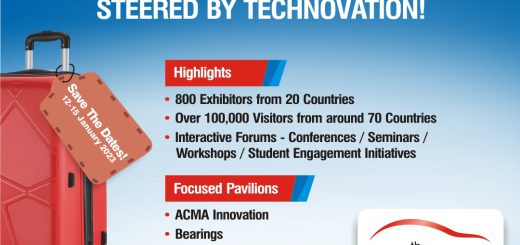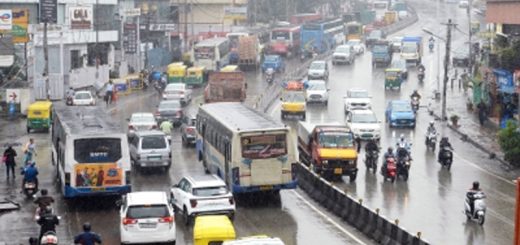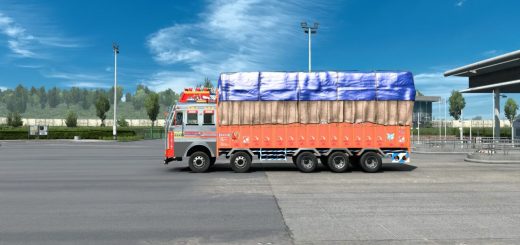5 Challenges to Shipper Intelligence Technology in the Supply Chain
It’s crucial to be proactive and adaptive with a logistics plan for consumer packaged goods (CPG) firms who aim to dominate their category at large retailers. While many firms aim to cut transactional transportation expenses to the bone, doing so won’t result in long-term success in retail locations. Consumer packaged goods (CPG) companies that DO succeed are proactive and use shipper intelligence technology to improve order visibility and assess performance information.
Leading in a Category Through Technology
The performance of CPG brands is now greatly influenced by shipping technology, which has recently made considerable advancements. When used effectively, shipping technology aids CPG companies in increasing visibility and transparency, forecasting and planning for the future more accurately, and increasing efficiency through consolidation.
Greater Clarity and Transparency
With the help of shipper intelligence technology, CPG firms can track shipments more precisely and get data on the operation of their supply chains. Shippers may follow each shipment using illustrated maps and receive real-time information from both GPS tracking and human check-ins with carriers. Recent research found that 90% of businesses see higher profits when they leverage supply chain data to promote consumer transparency.
These solutions can be delivered as SaaS (Software as a Service) or as a plug-in to their existing FMS (freight management system), which is advantageous for those who handle their freight.
Track-and-trace software produces more precise arrival predictions, allowing carriers to respond to consumer inquiries or complaints more promptly. Giving shippers the option to track the whereabouts of each cargo provides peace of mind. Furthermore, the software may improve customer communication, dependability, trustworthiness, and overall connections and possibilities of obtaining more business in the long term.
Increased Planning and Forecasting
Shipper intelligence technology enables CPG companies to analyze and dissect supply chain data using parameters such as on-time delivery %, number of loads, cost, distance, and so on. Companies may also use the technology to generate reports based on specific periods, compare performance to past data, and forecast future expenses.
Analyzing this data shows the inner workings of your supply chain and assists in identifying areas for improvement to maximize efficiency and cost savings. This can result in measures as basic as requesting greater lead time from consumers and modifying must-arrive-by dates with merchants. It may also result in fundamental changes to your logistics strategy, such as shipping consolidation. Data analysis throughout your whole network may even help corporate executives choose to expand or move actual shop locations, warehouses, or distribution centers.
Some of the world’s largest and most successful corporations largely rely on technology to analyze supply chains, estimate demand, and make purchasing choices. Data is also used by the retail leader to monitor supplier delivery performance, detect possible supply chain interruptions, and proactively minimize risk.
Also Read:- The Ultimate Guide to Supply Chain Orchestration
Efficiency Consolidation
Consolidating shipments using technology is one of the most effective methods for CPG firms to achieve considerable cost reductions. Consolidation in logistics refers to the strategic analysis of previous orders to discover and seize future possibilities to consolidate shipments. Consolidation eliminates the high costs and hazards associated with delivering less-than-truckload (LTL) volumes into retail locations while maintaining visibility and control of truckload-level services for less-than-truckload quantities.
Consolidation also assists businesses in meeting important retailer benchmark measures such as OTIF and must-arrive-by date (MABD), reducing the risk of ruining store relationships and hefty fines. Furthermore, using consolidation has a significant influence on sustainability. Consolidating orders results in fewer trucks on the road, which lowers fuel costs and pollution.
Other advantages of freight consolidation include simplified pricing, shorter transit times, reduced congestion at loading docks, fewer but stronger carrier partnerships, and greater control over due dates and production schedules.
Technology Improves On-Shelf Performance
Leveraging technology not only helps CPG firms handle supply chain difficulties, but it also puts the organization in the best possible position to get on the shelf on time and in full, prevent out-of-stock, and become category leaders. If a company’s competition fails to fill shelf space due to supply chain challenges, it must seize the chance, since this may lead to new consumers and convert brand loyalty.
CPG companies looking for a data-driven logistics strategy should start by contacting a third-party logistics (3PL) supplier. 3PLs specializing in retail deliveries, such as Zipline Logistics, have the technology, expertise, and understanding to manage retailer-specific difficulties, allowing businesses to take their logistics strategy to new heights.




Recent Comments